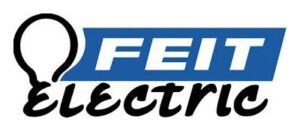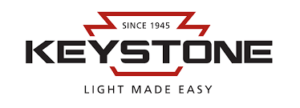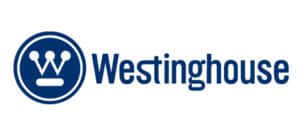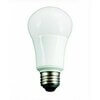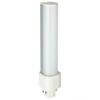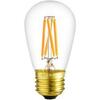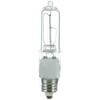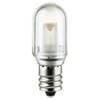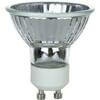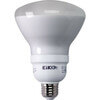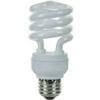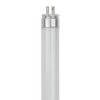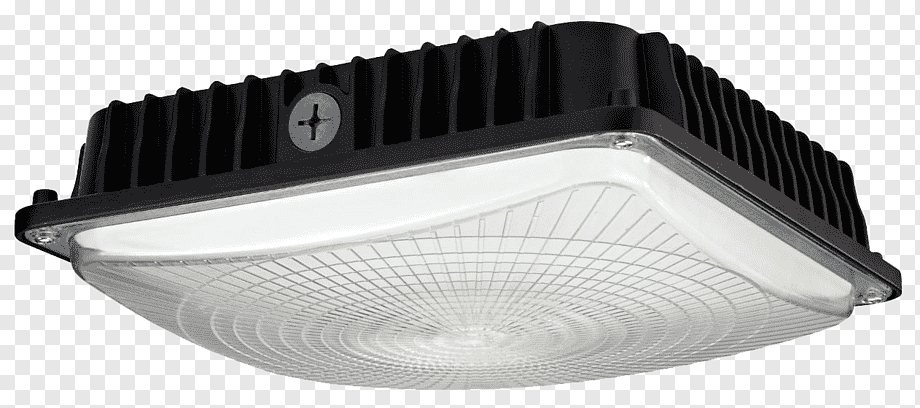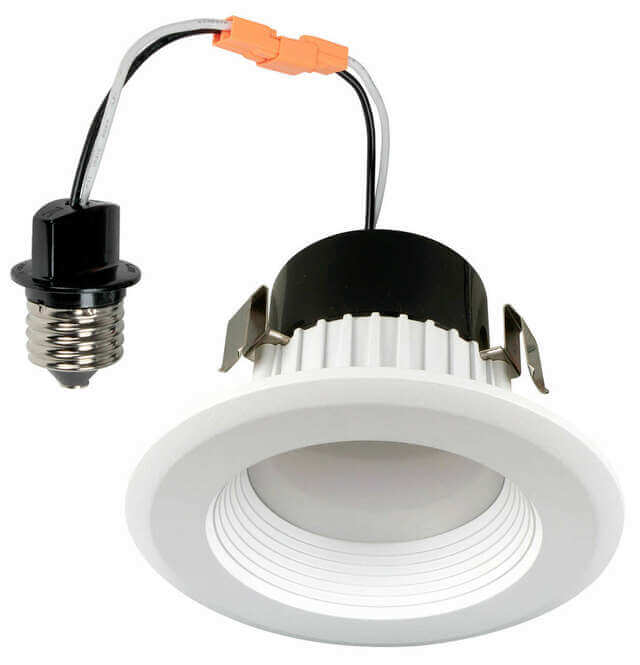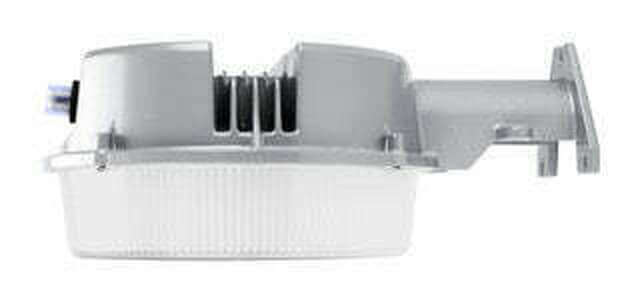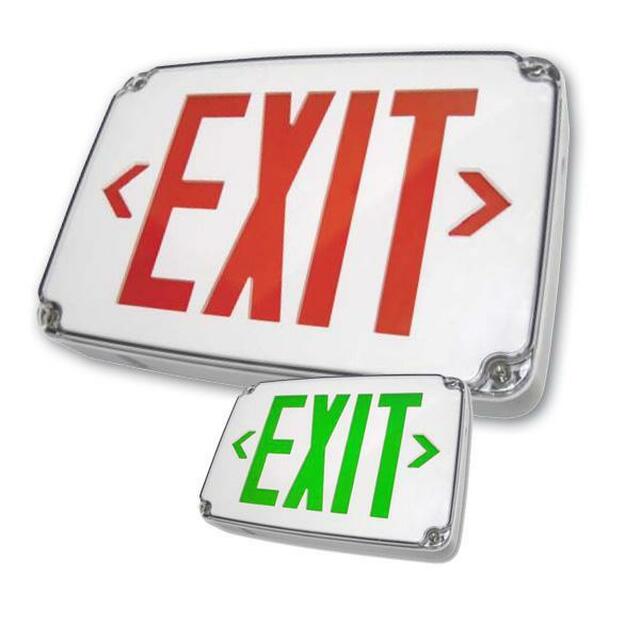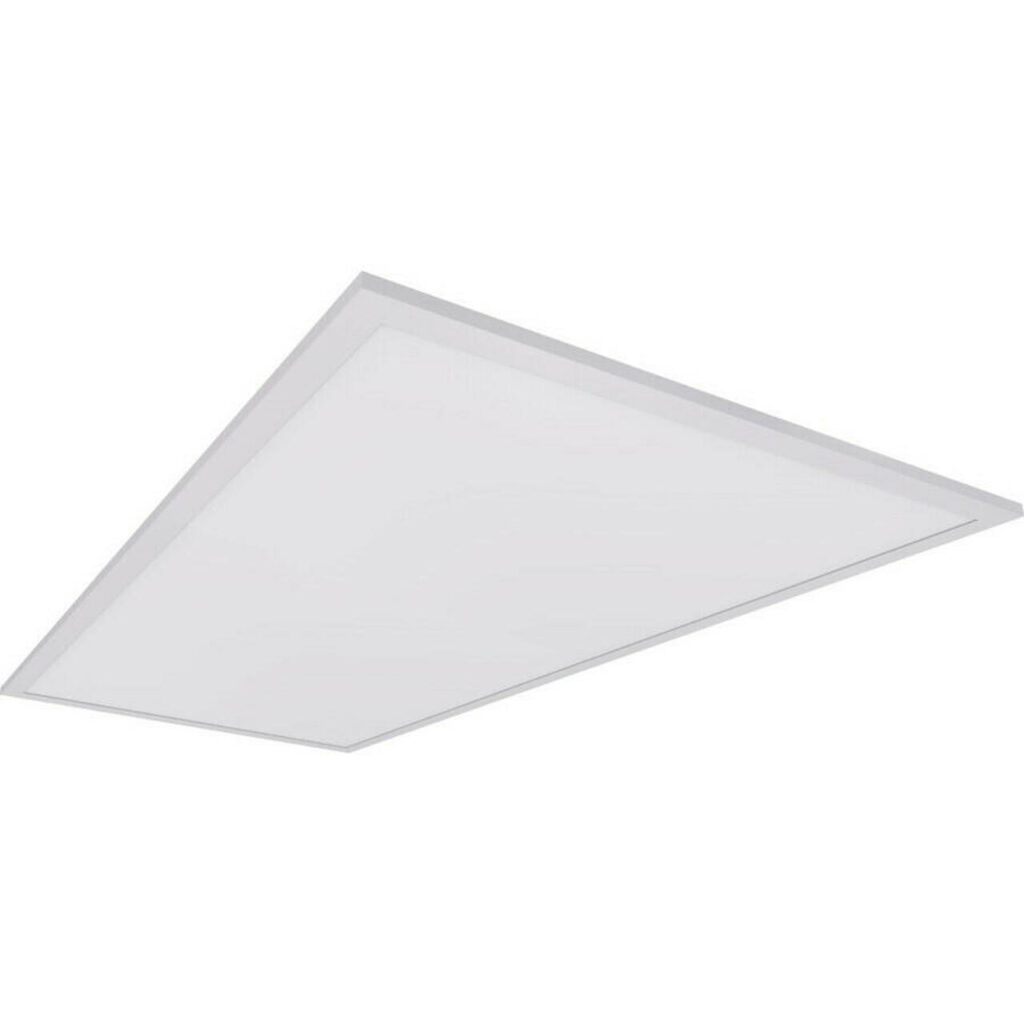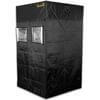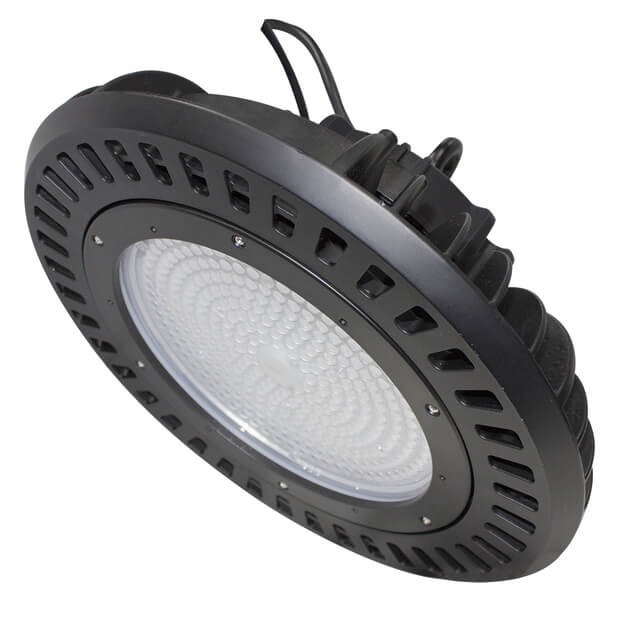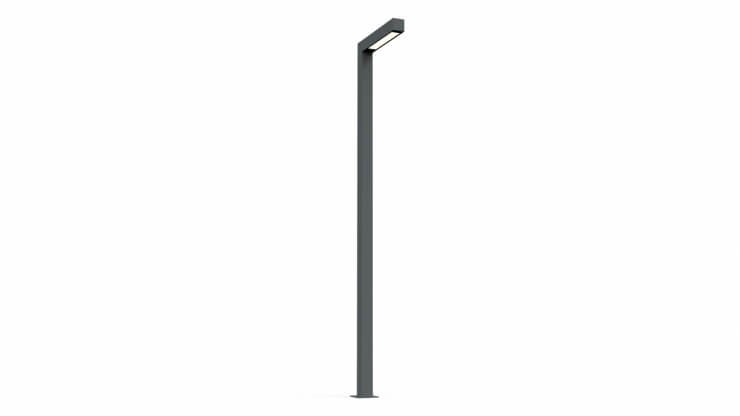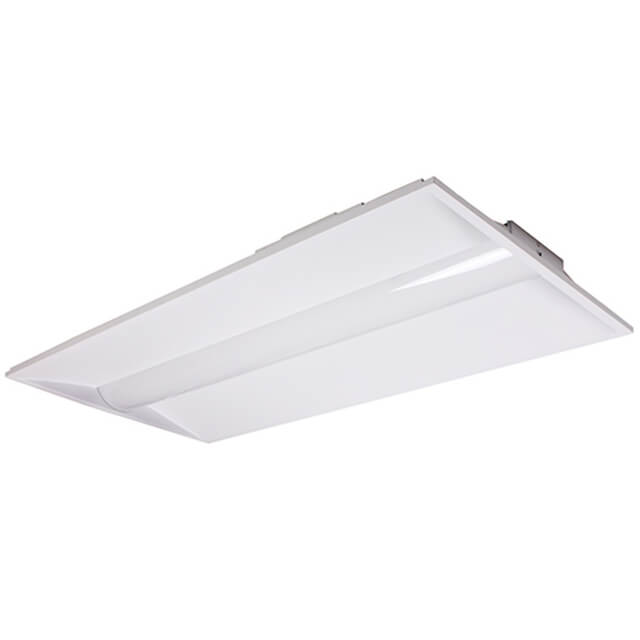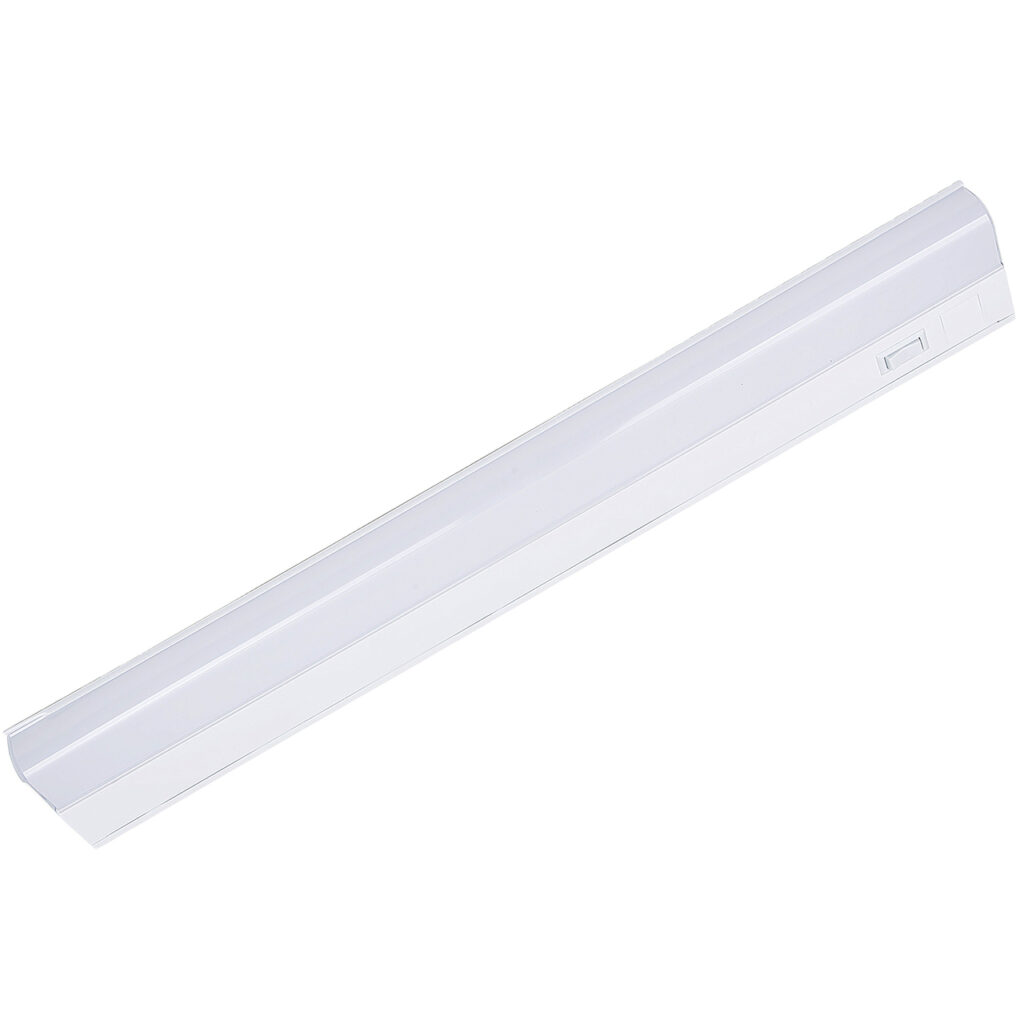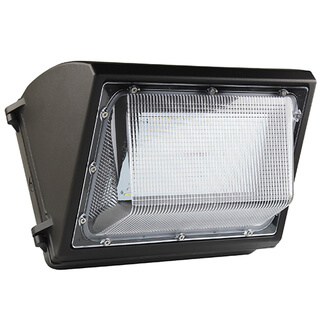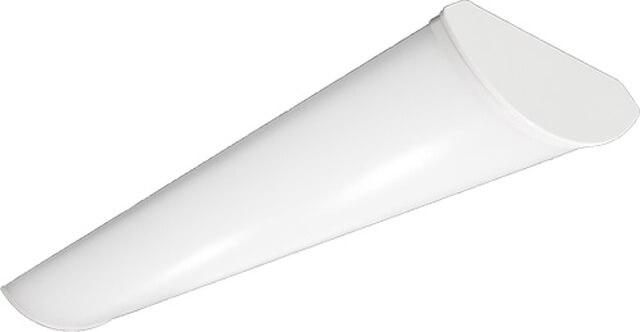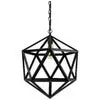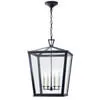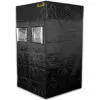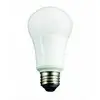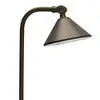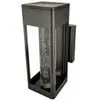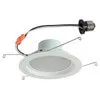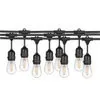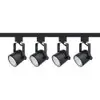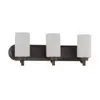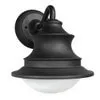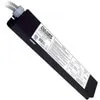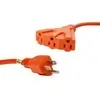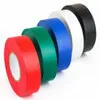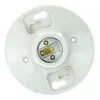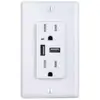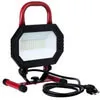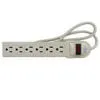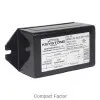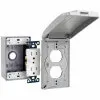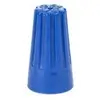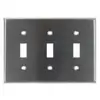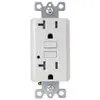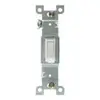When it comes to commercial lighting applications, high bay and low bay lights are the two most popular types of fixtures. Both high bay and low bay lights have their own advantages and disadvantages, so it is important that you know the difference before making a decision on what commercial lighting fixture to use in your space.
In this blog post, we will discuss high bay vs low bay light fixtures as well as show you how both types of commercial indoor lighting can be used effectively in different spaces!
What are high bay lights?
High bay lights are a type of commercial lighting fixture that is typically used in large spaces such as warehouses, factories, and gymnasiums. High bay lights are mounted high up on the ceiling and emit a powerful light that covers a large area. Because high bay lights are so powerful, they are perfect for spaces with high ceilings or lots of open space. High bay lights are also popular in high-ceiling industrial spaces because they can be paired with high-powered reflectors, which focus the light into a concentrated beam, providing focused illumination in important parts of the commercial facilities.
What are low bay lights?
Low bay lights are a type of commercial lighting fixture that is typically used in smaller spaces such as offices, retail stores, restaurants, and hospitals. Low bay lights are mounted closer to the ground and emit a softer light that covers a narrower area. Because low bay lights are not as high up on the ceiling compared to high bay lights, they are perfect for low-ceiling spaces or areas where high bay lights would not be able to provide enough light coverage. Low bay lights are also popular in office spaces because of how well they work alongside fluorescent lighting!
What is the difference between high bay and low bay commercial lighting?
The main difference between high bay and low bay commercial lighting is their height of installation. High bay fixtures are mounted high up on the ceiling while low bay lights are generally closer to the ground.
High-bay lighting emits a powerful beam of light that is great for covering areas with high ceilings or lots of open space, while low-bay lighting provides softer illumination in smaller spaces where high-powered beams would not reach. Because of this, the beam angles of these commercial lighting fixtures also vary.
High bay lights tend to have high beam angles, which provide a wider spread of light in open spaces, like loading bays, storage facilities, and warehouses. Low-bay fixtures generally emit more narrow beams with lower beam angles that are better for focusing the illumination on specific areas such as workstations or checkout counters.
How do you know which type of commercial lighting is right for your space?
Since these two commercial lighting fixtures serve different purposes and illuminate your spaces differently, it’s important to know which type of light is right for your specific needs. If you are looking for a high-powered light to cover a large area, then high bay lights are the best option for you. If you need soft illumination in a smaller space, low bay lights will be more effective.
It’s also important to take into account the height of your commercial space’s ceiling when deciding which type of light to use. If your ceilings are high, then high bay lights will be the best option, and if your ceilings are low, then low bay lights would be a better choice.
High Bay Lights vs. Low Bay Lights
Here are some other things you need to consider when choosing between high bay lights vs low bay lights:
Light Bulbs
Low bay and high bay fixtures can be used with LED, induction, metal halide, or fluorescent light bulbs. The choice of lighting will also depend on the specific needs of your space. If you are looking for high-powered light with a long lifespan and good energy efficiency, LED lights would be the best choice. If you need a softer light that is more cost-effective upfront, fluorescent bulbs will work well in low bay fixtures.
Beam Angle and Width
High bay lights produce a narrow beam angle that ranges from 60°, 90°, and 120°. A narrow beam helps to create a more focused beam that is best suited in warehouses, factories, and hangars.
Low bay lights usually produce a wider 120° beam angle which enables you to illuminate large open areas with lower roof heights like workshops, parking garages, classrooms, and conference rooms.
Retrofitting Options
Retrofit kits are available for high bay and low bay fixtures that allow you to change your light bulbs without having to replace the entire fixture. This is a great option if you are looking to upgrade your lighting but don’t want to spend the money on a new fixture. Consider LED retrofit kits if you are looking to upgrade your current commercial lighting fixtures to energy-efficient LED bulbs.
Power for Lighting
The power of your lights is also one important thing to consider. If your commercial lighting fixtures aren’t powerful enough, you won’t be able to sufficiently illuminate the entire space. The amount of power needed for high-bay lighting depends on the size of your space, but if you are looking to cover a large area with high ceilings then high wattage commercial light fixtures would be best. The number of fixtures and the size of your space would determine how much power you would need. It’s best to ask a professional about your requirements to know how many fixtures you need and how powerful your lights need to be to effectively illuminate your commercial spaces.
Energy Efficiency
Perhaps one of the most important factors to consider would be your commercial lighting fixtures’ energy efficiency. If you are looking to save energy costs, using LED lighting would be best. LED high bays tend to be the most efficient option with high-powered light and a good lifespan. If you want to further improve the energy usage of your fixtures, you can also invest in motion sensors and dimmers to make sure that your lights only work at full power when people are moving around the area.
No matter what type of commercial lighting you choose, both high bay and low bay fixtures can be used effectively in different spaces, most commercial spaces also use a combination of the two! If you’re quite unsure of how to set up the perfect lighting solutions for your commercial space, it would be best to consult a professional to make sure you’re getting the most out of your high bay and low bay lights.
Conclusion
In this article, you’ve learned the basics in comparing high bay vs low bay lights and what to consider when choosing between the two. We hope that these insights help make your decision easier! If high bays or low bays don’t seem like a good fit for your commercial space because of roof height, beam width, power requirements, or other factors, we’re more than happy to help you out with finding an appropriate lighting solution.
Feel free to reach out to us at Lightingandsupplies.com if you’d like more information about high bays or low bays in general – we’ll get back to you as soon as possible.


